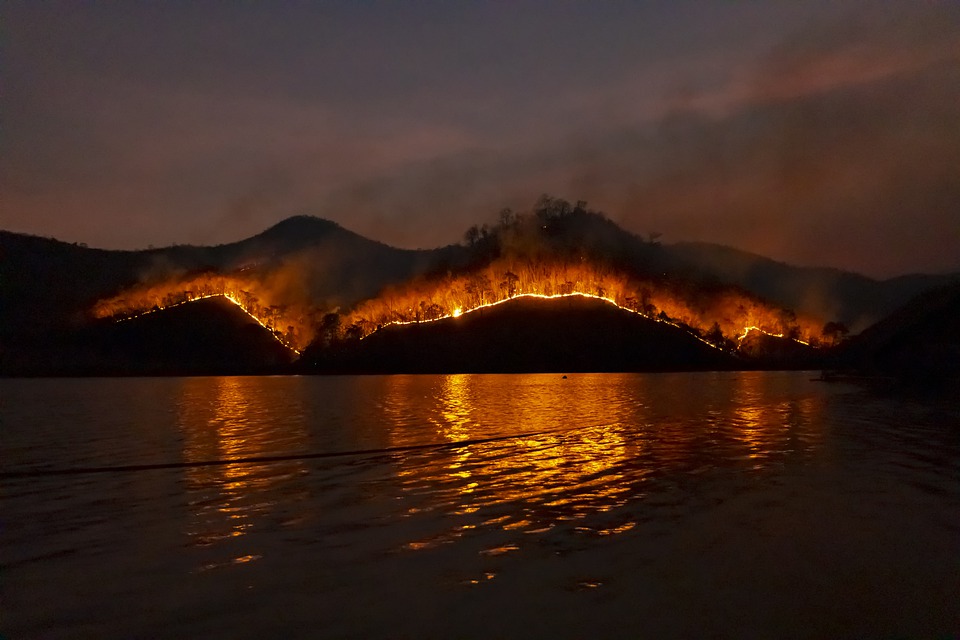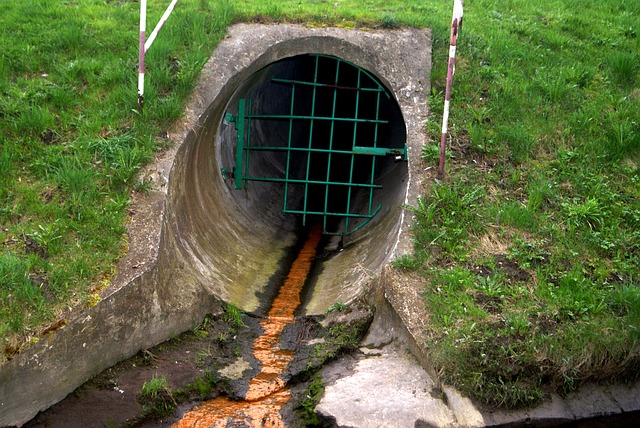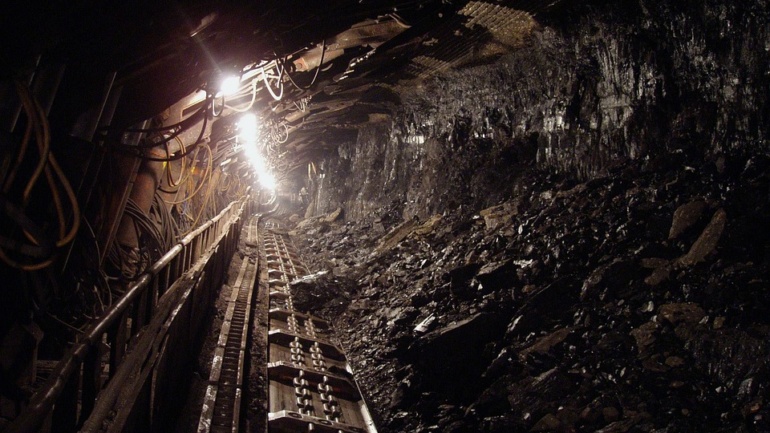By Erin Fee, Staff Writer & Researcher for Save The Water™ | December 23, 2018
After much effort, less than a month ago, firefighters contained the California wildfires. But the aftermath of the fires remains no less than devastating. For example, Southern California’s Woolsey Fire killed at least 3 people.1 On top of that, the Butte County Camp Fire destroyed over 13,000 homes and took at least 85 lives, making it the deadliest wildfire in California’s history.1 Undoubtedly, the fires’ smoke impacted air quality, threatening the health of Californians and reaching as far as New York.2 As a matter of fact, less discussed, but no less important, the wildfires also affected water quality. Here are three ways wildfires can impact water.
Toxic Chemicals in Ash
First, everyday objects can contain a vast array of toxic chemicals. And fire causes those chemicals to be released into the ash when burned. To give just a few examples:3
- Antique crockery may contain radioactive uranium.
- Thermometers can leak mercury.
- Older homes may release asbestos from building materials.
- Treated wood can contain arsenic and chromium.
- The nutrients released from burnt plants, such as phosphate, ammonia, and nitrate, are harmful in large concentrations.4
Because of the release of toxic chemicals, wildfire sites continue to be hazardous even after the flames are extinguished.
What’s more, this toxic ash can easily make its way into water systems, killing aquatic animals and poisoning our most valuable resource: water. For example, Paradise, California—the site of the Camp Fire—is located near important sources of drinking water in the Sierra Nevada. Hazardous material experts are working to contain the toxic ash contaminating the water, but they are up against an unprecedented level of destruction.3
Firefighting Foams Can Harm Water Quality
Second, certain methods of extinguishing fires can also endanger humans and the environment in the long run. For instance, some types of firefighting foam contain per- and polyfluoroalkyl substances, also known as PFAS.5 You can learn more about the health risks associated with PFAS, as well as recent water contamination crises caused by these chemicals, from this previous Save the WaterTM article. In short, PFAS is an extraordinarily long-lasting and mobile group of chemicals that impacts childhood development.
Another group of substances that threatens clean water is fire retardants. Fire retardants reduce the speed or intensity of wildfires. Therefore, firefighting planes dump huge quantities of fire retardants on uncontrollable and spreading wildfires. This impacts water quality because they often contain high concentrations of ammonia. Ammonia, a pungent-smelling compound sometimes used for household cleaning, can quickly kill fish and disrupt aquatic ecosystems.4
Increased Danger of Floods
Third, wildfires also increase the likelihood of flooding. Because soil changes as it burns, it often becomes more hydrophobic. In brief, “hydrophobic” means repelling water instead of absorbing it.6 Since the soil becomes less absorbent, less rainfall is needed to cause a flood. According to the National Oceanic and Atmospheric Administration, “A general rule of thumb is that half an inch of rainfall in less than an hour is sufficient to cause Flash Flooding in a burn area.”7
In the Save The WaterTM article “Electroflocculation: A Potential Solution to Floodwater Dangers,” we explained that floodwater is loaded with hazardous chemicals and substances.8 When floods occur in former wildfire sites, the floodwaters also carry and spread the toxic ash we talked about earlier.
4 Ways You Can Combat Wildfires’ Water Impact
Like most, we at Save the WaterTM were relieved when California’s recent wildfires were finally contained. Yet, we at Save the WaterTM keep watching as the way water needs and water quality will be impacted and addressed continue to unfold. Here are four things you can do to about how wildfires impact water quality:
- Take care to contain your fires when camping or hiking.
- Avoid recent wildfire sites until local authorities have declared the area safe.
- Share this article with your family, friends, and neighbors.
- Support our articles and our research by donating to Save the WaterTM
References
- Emily Shapiro. November 26, 2018. “Camp Fire, which has claimed 85 lives, now 100% contained: A closer look at the California fires by the numbers.” ABC News. https://abcn.ws/2B09wNo
- Katie Dowd. November 20, 2018. “California wildfire smoke has now made it all the way to New York City.” SFGATE. https://bit.ly/2EATT20
- Sarah Maslin Nir. November 29, 2018. “In California, houses burned. So did the toxic chemicals they contained.” The New York Times. https://www.nytimes.com/2018/11/29/us/california-fire-chemicals.html
- Abraham Franklin. May 1, 2018. “Wildfire impacts on surface water quality.” New Mexico Environment Department. https://www.env.nm.gov/swqb/Wildfire/
- Erin Fee. September 17, 2018. “PFAS or per- and polyfluoroalkyl substances in the national spotlight.” Save the Water.™ https://bit.ly/2S8dAB8
- Aregai Tecle and Daniel Neary. 2015. “Water quality impacts of forest fires.” Journal of Pollution Effects and Control, 3(2). https://www.fs.fed.us/rm/pubs_journals/2015/rmrs_2015_aregai_t001.pdf
- National Weather Service. “Flash flood threat within fire burn scar.” National Oceanic and Atmospheric Administration. https://www.weather.gov/riw/burn_scar_flooding
- Erin Fee. November 5, 2018. “Electroflocculation: A potential solution to floodwater dangers.” Save the Water.™ https://bit.ly/2EA8mLE





